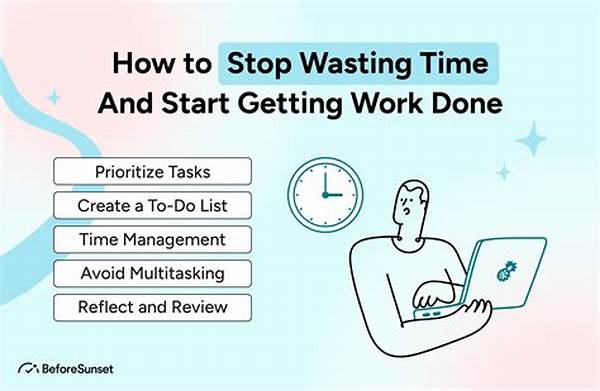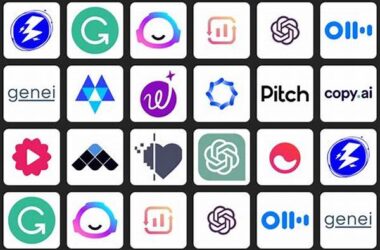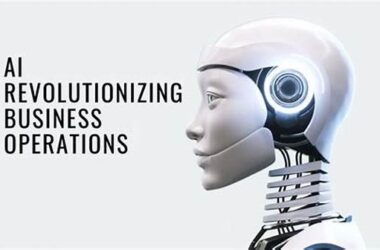Sure, let’s dive into the topic and craft the required content.
Read More : Free Ai Tools
—
In this fast-paced digital era, artificial intelligence (AI) has become synonymous with efficiency and innovation. Businesses are constantly in pursuit of tools that promise to boost productivity and streamline processes. However, not all that glitters is gold. The quest for the perfect AI solution can often lead us down a path of unnecessary complexity and frustration. It’s vital to recognize the pitfalls in some of these technological advancements—especially those tools that complicate rather than simplify.
The allure of AI collaboration tools lies in their promise of seamless integration and enhanced teamwork. However, as many have discovered firsthand, opting for the wrong tools can be more of a hindrance than a help. Take, for instance, platforms intended for project management that over-promise with AI-driven insights but under-deliver in user experience. These tools often result in more time spent on training sessions and troubleshooting problems.
Furthermore, suppose your team has ever expressed confusion over a new AI dashboard that was meant to simplify decision-making but instead posed more questions than answers. In that case, you’re not alone. It’s a scenario many find themselves in, searching for the supposed simplicity these AI solutions claimed to offer. The hunt for productivity often leads instead to wasted hours spent understanding unintuitive interfaces or decrypting convoluted data reports.
Ultimately, the tools that promise collaboration should not become roadblocks in communication and efficiency. Stop wasting time: the 3 “AI collaboration tools” that just add more complexity! It’s time to rethink and streamline your toolkit for genuine improvements.
Unmasking the Complexity
In reality, what makes a tool truly effective is not just the technology it encapsulates but how well it integrates into the everyday workflow of its users. Tools like advanced scheduling assistants, which intend to eliminate the back-and-forth of planning, can sometimes fail spectacularly, especially when dealing with personalized nuances like time zones or individual preferences.
The AI in these scenarios might misinterpret data, leading to misalignments rather than collaborations, further proving the point that more technology doesn’t always equate to better results. The spotlight shifts from working smarter to spending precious time tweaking settings and configurations just to get things right.
The next time you evaluate an AI collaboration tool, consider whether it truly complements your processes or simply adds another layer of complexity. Keep this mantra in mind: stop wasting time: the 3 “AI collaboration tools” that just add more complexity!
—
Investing in AI collaboration tools often brings hidden costs. What seems like a good deal initially can become a burden, especially when these tools demand constant attention to fix bugs or adapt to frequent updates. The more complex a solution, the larger the room for error, ultimately leading to more time spent on maintenance than on productive work.
Moreover, reliance on AI can sometimes lead to a disconnect among team members. Where once the human element encouraged teamwork and problem-solving, it’s now replaced by a cold, calculated interface that doesn’t quite match the nuances of human interaction. The emphasis on machine over man can lead to morale dips and less meaningful engagement within teams.
It’s crucial to recognize the value of simplicity in collaboration tools. The most efficient solutions are those that enhance communication and teamwork without demanding excessive time to master or constant vigilance to manage.
Key Considerations Before Choosing AI Tools
When pondering over AI tools, consider the following:
1. Ease of Use: Ensure the tool is intuitive and doesn’t require extensive training.
2. Integration Capacity: Can it seamlessly interface with your existing tech stack?
3. User Feedback: What are users saying about its functionality and reliability?
4. Support and Updates: Is there responsive customer support available when needed? Are updates aimed at improving user experience?
5. Cost vs. Benefit: Does the investment justify the gains?
By keeping these points in focus, businesses can avoid the pitfall of reliance on tools that add complexity rather than solve problems. Remember, the goal is efficiency and streamlined processes—not layers of additional stress.
Simplify for Success
The ultimate goal is to simplify, not complicate. Bringing in the latest tech isn’t always the answer; sometimes, the best solution is finding the right balance between human expertise and machine capability. Stop wasting time: the 3 “AI collaboration tools” that just add more complexity! Prioritize simplicity and effectiveness for your best chance at success.
—
Topics Related to “Stop Wasting Time: The 3 ‘AI Collaboration Tools’ That Just Add More Complexity!”
—
In a world overrun with technological solutions, finding the right AI collaboration tools for your business is more than just following the trend. It’s about identifying those tools that genuinely complement your workflow without overwhelming your team. The promise of AI should be smarter, not necessarily more cumbersome. Stop wasting time: the 3 “AI collaboration tools” that just add more complexity! Remember, the right tool should simplify decision-making, not add hurdles.
Ultimately, the smartest AI solutions present information clearly, facilitate open communication, and enhance productivity without causing unnecessary headaches. By asking the right questions, you ensure that your organization isn’t misled by fancy marketing but rather focuses on real value for your teams.
—
These various elements should give you a comprehensive understanding and conveyance of the topic you requested in a way that ensures clarity and engagement.



